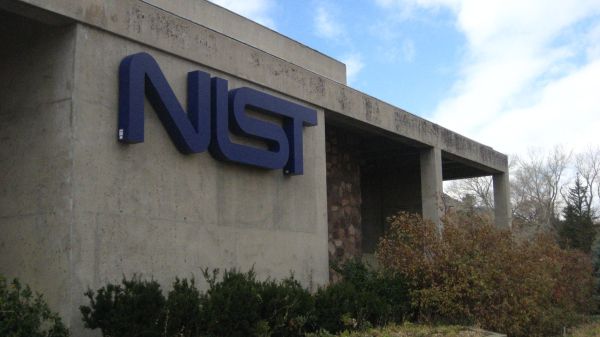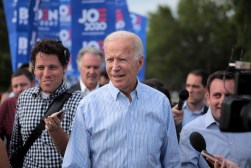Health care alpha geeks, makers and the new HHS CTO
New Department of Health and Human Services Chief Technology Officer Susannah Fox has quite a legacy to live up to.
HHS’ first CTO Todd Park sparked the movement behind open health data. For Bryan Sivak, Park’s successor, his definiting work was championing innovative entrepreneurship and breaking bureaucracy with the IDEA Lab, a model picking up attention around government.
But just weeks into the job, Fox has an idea of how she can to put a lasting touch on the position: merging the maker movement with the world of health care to solve novel health problems on a large scale.
Fox, who made her name in health care most recently as the entrepreneur-in-residence at the Robert Wood Johnson Foundation, caught up with FedScoop in her new office within the HHS IDEA Lab to outline her plans as the new CTO. While she spoke highly of the work of her predecessors and plans to continue their work, Fox couldn’t wait to talk about her “obsession” with sourcing the creativity of people living with rare or life-changing diseases to help others with similar illnesses.

HHS CTO Susannah Fox. (HHS)
It’s those people, often battling diseases without a community of support, who are the “alpha geeks” of health care, Fox said. Because their conditions aren’t widespread, they must often hack their own devices or solutions for care. She said they are “hacking the system in a way that you never would expect. If you follow them, you can really see the future of health care.”
“They would often come up against a problem in their lives that they couldn’t solve — so they would make something,” the CTO said. That something, she said, could be a device, a process or even an application — anything innovative, really.
Fox first became interested in people living with life-changing diagnoses while working with the Pew Internet and American Life Project, which later became a division of the Pew Research Center. The most common trait she found among those affected by illnesses like cancer, HIV and ALS was their desire to connect with other people like them.
Upon building small communities, these health care alpha geeks would happily share what they’ve built or learned to help others. At HHS, Fox wants to tap into that and unite it with the advances in production seen in maker communities.
“There are hundreds of people who are hacking health … creating these one-off solutions that could have an audience if there was a way to unlock and unleash the potential of introducing the maker community to the community that needs these inventions and hacks,” she said. “That’s where I’m pointing ahead and saying ‘What are the possibilities? What can health care learn from makers?'”
And the benefits of a growing community of makers don’t just apply to solving problems among people with rare diseases, or even just health care. The development of technology like 3-D printing and other manufacturing hardware makes it easier to turn an idea into something tangible for citizens and government alike.
“Just as we saw computer and capacity get smaller and cheaper — Moore’s Law — we’re going to see that with manufacturing,” Fox said. “We’re going to see the possibility of amazing solutions coming from citizens as well as from government.”
Already, Fox said, this concept is taking shape in pockets around HHS. The National Institutes of Health is piloting what it called the 3-D Print Exchange, “an open, comprehensive, and interactive website for searching, browsing, downloading, and sharing biomedical 3-D print files, modeling tutorials, and educational material,” according to the website.
That project was honored recently as one of HHS Secretary Sylvia Burwell’s favorites during the annual HHS Innovates Awards, which recognizes the innovative work within the department. As the new CTO, and thus the de facto head of the HHS IDEA Lab, Fox said she will continue to spotlight that sort of internal innovative excellence, hoping it will continue to spread into the corners of the department and its component agencies.
“My vision of this job is to throw a spotlight on people who are creating innovative solutions to problems,” she said. “Sometimes it’s going to be technology, and sometimes it’s not.”




